Top 10 Vastu Tips for Designing Your Home Interior
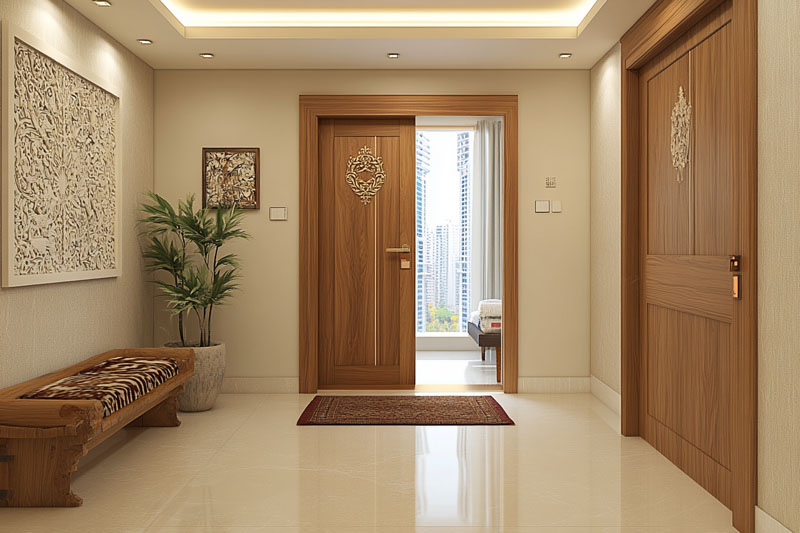
Transform Your Home with These 10 Vastu Tips
Vastu Shastra, the ancient Indian science of architecture and design, has guided home construction and interior design for centuries. Rooted in the belief that energy balance in a space affects the well-being of its inhabitants, Vastu provides a set of guidelines that can enhance harmony, peace, and prosperity in your home. When integrated thoughtfully into modern interiors, these principles can bring balance to both the aesthetic and the energy of your living space.
Here are the top 10 Vastu tips for designing your home interior, ensuring that it radiates positivity and promotes well-being.
1. Entrance: The Gateway to Positive Energy
In Vastu Shastra, the entrance of your home is considered the main channel through which energy enters. The direction and cleanliness of this area are crucial. Ideally, the entrance should face north, east, or northeast, as these directions are believed to bring positive energy. Ensure that the area around the entrance is clutter-free, well-lit, and welcoming.
Why It Works:
A clean, well-maintained entrance not only invites positive energy into your home but also creates a warm and inviting ambiance for guests.

2. Living Room Placement and Furniture Arrangement
The living room is the heart of your home, where family members gather and guests are entertained. According to Vastu, the living room should ideally be located in the northeast or north-west part of the house. The furniture, especially heavy pieces like sofas and cabinets, should be placed against the south or west wall. Avoid placing furniture directly under beams, as it can disrupt the energy flow.
Why It Works:
The proper placement of the living room and furniture ensures a smooth flow of positive energy, promoting comfort and relaxation in this communal space.
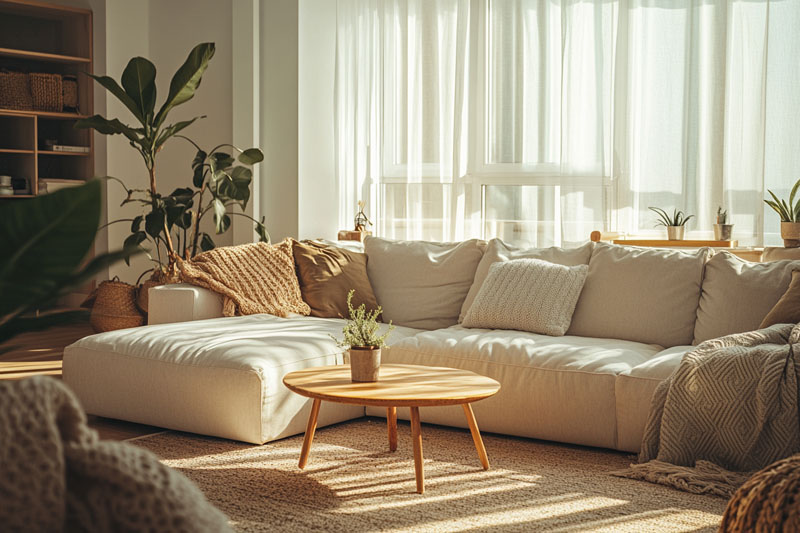
3. Kitchen: Fire and Water Elements in Balance
The kitchen is considered the space of Agni (fire), and its location plays a vital role in the Vastu of your home. The ideal direction for the kitchen is the southeast corner of the house. If that’s not possible, the northwest is also acceptable. When placing your stove, it should face the east, ensuring that you cook facing east. The kitchen sink (representing water) should be kept far from the stove to maintain the balance between fire and water elements.
Why It Works:
A kitchen designed according to Vastu principles ensures balance and harmony between fire and water elements, promoting health and well-being for the family.
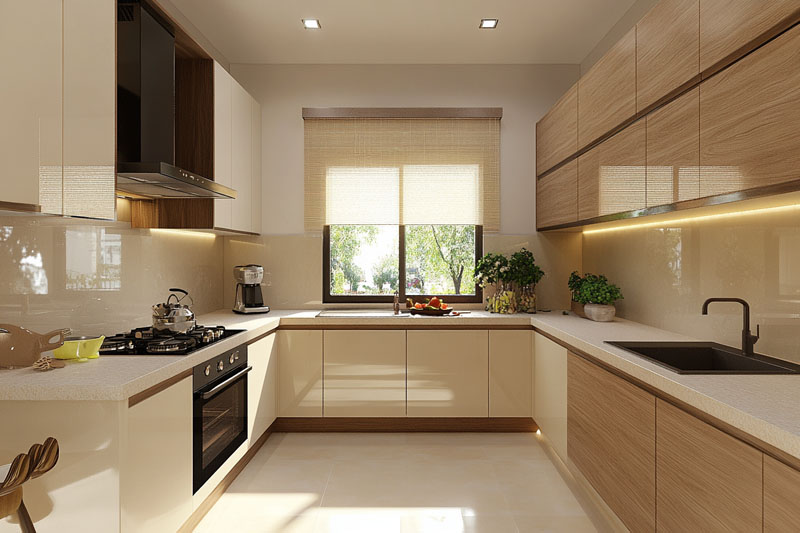
4. Master Bedroom: Promoting Rest and Relationships
The master bedroom should ideally be located in the southwest direction of the house, as it is believed to bring stability and strength to relationships. The bed should be placed with the headboard against the south or west wall, ensuring that you sleep with your head pointing in either of these directions. Avoid placing mirrors directly opposite the bed, as this can lead to restlessness and disturbances in sleep.
Why It Works:
Proper positioning of the master bedroom and the bed enhances a sense of stability and calm, which is essential for a restful sleep and harmonious relationships.
5. Colors: Choosing the Right Palette for Positive Energy
Vastu Shastra places significant emphasis on colors, as they influence the energy flow within a space. Earthy tones like beige, light yellows, and off-whites are recommended for bedrooms to create a calming atmosphere. For the living room, choose bright and cheerful colors like light greens, yellows, or blues to promote positivity. Avoid dark colors, particularly black, as they are believed to absorb energy and create heaviness.
Why It Works:
Colors have a powerful impact on mood and energy. Choosing the right color palette according to Vastu principles can help promote peace, happiness, and vitality in your home.
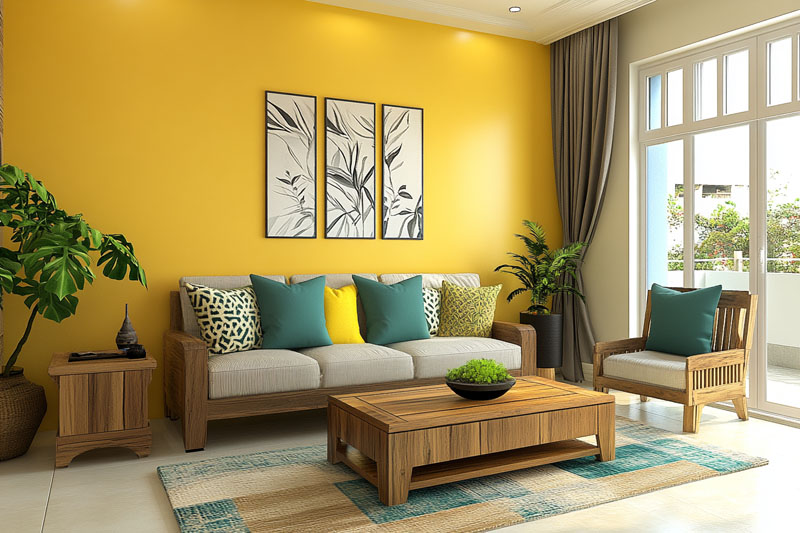
6. Bathrooms: Location and Energy Flow
Bathrooms are considered spaces that drain energy, so their location is crucial according to Vastu. They should ideally be in the northwest or southeast corners of the house. Avoid placing bathrooms in the northeast, as this direction is considered sacred. Ensure that the bathroom doors remain closed at all times to prevent negative energy from spreading to other parts of the house.
Why It Works:
Proper bathroom placement and keeping the door closed helps in maintaining the energy balance of the home, preventing the leakage of positive energy.
7. Dining Area: Fostering Family Bonds
The dining room or dining area should be placed in the west or east direction of the house. The dining table should be square or rectangular in shape, as this promotes equality and balance among family members. Avoid irregular shapes like circular or oval dining tables, as they are said to disrupt energy flow. Ensure that family members face east while eating, as this is believed to improve digestion and overall well-being.
Why It Works:
Eating together as a family is a significant activity, and Vastu-compliant dining areas help foster harmony, connection, and good health among family members.
8. Decluttering: The Key to Positive Energy Flow
A cluttered home can block the flow of positive energy, according to Vastu Shastra. Keeping your home clean and organized is essential to maintain a harmonious environment. Decluttering is especially important in the northeast corner of your home, which is considered the zone of wisdom and spirituality. Ensure that this area is free from unnecessary objects, dirt, or dust.
Why It Works:
A clutter-free home not only improves the flow of positive energy but also creates a more serene and peaceful environment, promoting mental clarity and well-being.
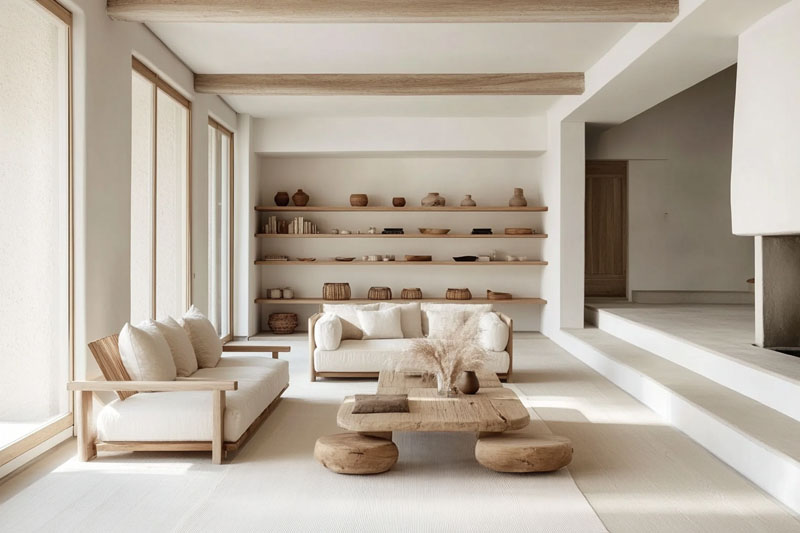
9. Placement of Mirrors: Attracting Positive Energy
Mirrors are powerful elements in Vastu, as they reflect and amplify energy. However, their placement is crucial. Avoid placing mirrors in the bedroom, especially where they directly reflect the bed, as this can lead to disturbed sleep. Mirrors should ideally be placed in the living room or dining room, reflecting natural light and enhancing the sense of space. They can also be used to reflect positive energies, such as a beautiful view or an altar.
Why It Works:
Proper mirror placement according to Vastu can help attract positive energy into the home while avoiding the negative effects of misplacement.
10. Indoor Plants: Enhancing Positivity and Purifying Air
Indoor plants not only add aesthetic value to your home but also bring positive energy and purify the air. According to Vastu, plants like money plants, bamboo, tulsi (holy basil), and areca palm are excellent choices for indoor spaces. Place these plants in the east or north direction of your home to attract prosperity and positive energy. Avoid thorny plants like cacti, as they are believed to create stress and conflict.
Why It Works:
Indoor plants enhance the air quality while also bringing a touch of nature indoors, helping to create a calm and serene environment according to Vastu principles.

Simple yet powerful Vastu guidelines to enhance peace, health, and well-being in your household.
Vastu Shastra offers time-tested principles that can help create a balanced and harmonious home. By incorporating these top 10 Vastu tips into your interior design, you can enhance the flow of positive energy, create a peaceful environment, and promote health, happiness, and prosperity for you and your family. Whether you’re designing a new space or renovating your current home, Vastu provides a practical guide to harmonizing your interiors with natural forces.
Founded with the belief that homes should be personal, livable, and elegant, Galliard Studio is an interior design firm specializing in Scandinavian and modern minimalism. Based in India, we’re committed to bringing you stunning yet affordable homes that reflect your taste and lifestyle. Our team of designers and craftsmen ensure that every project is executed with precision, attention to detail, and a commitment to your vision.
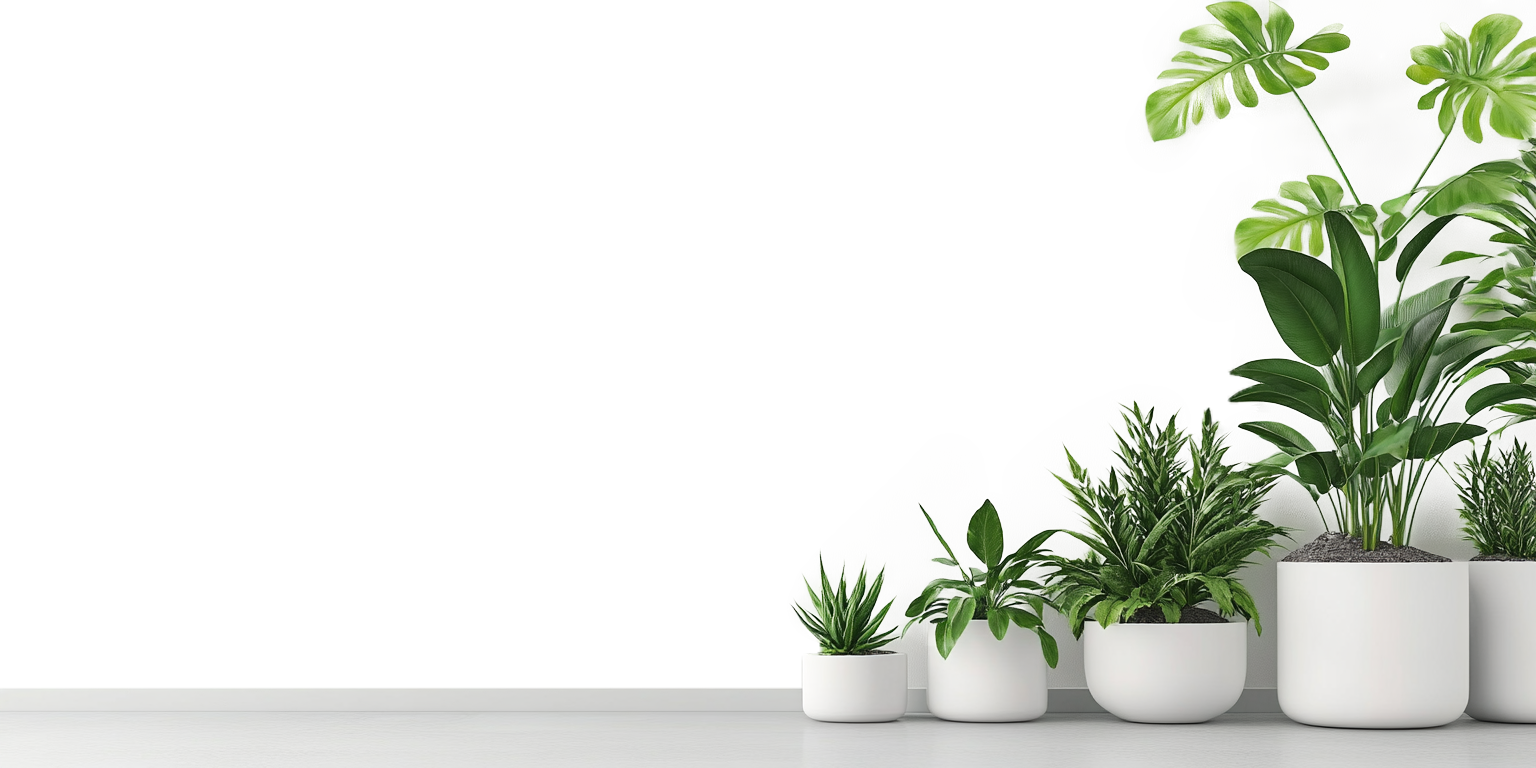
About | Privacy Policies | Galliard Games | Townside
